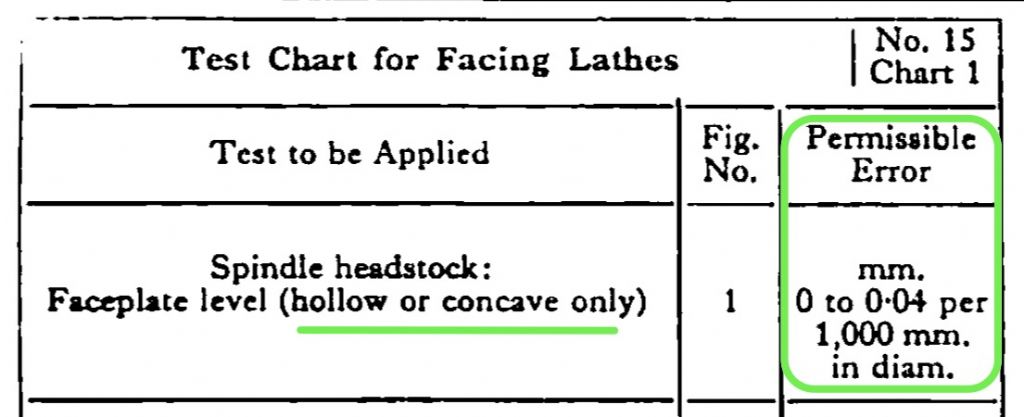Posted by Dr_GMJN on 14/11/2020 16:09:32:

Completely different result.
Am I doing something stupid here?
Do I just go with the last result, because if it was severely out of flat, I'd never be able to get that result, and assume its somehow my technique for blueing that's at fault?
Yes your blueing technique is not best practice.
From the pics it is obvious you are not moving the block enough. You need to rotate it back and forth a quarter of a turn or so at least half a dozen times. This gives the blue a chance to transfer from one surface to the other on the high spots. Just sitting it there, or moving it a degree or two will not work as well and will give inconsistent readings as the job sits up on a layer of that goopy blue liquid/paste.
When checking the block on the surface plate, blue up at least 8" square and move the block around in a figure 8 pattern four or five times.
Be wary of using too much downward force on the block in the process. If you push through the layer of blue you will get metal to metal contact that appears as shiny metal and can be mistaken for a low spot instead of the extra-high spot it really is.
Try to use less blue. Its hard to tell from pictures but I have found if you can see the blue clearly in a photo, you've got too much on there. The thinner you can spread that stuff, the more accurate the reading it gives you. It just means you have to look very carefully at the tested piece in just the right light to see where the blue has left its marks. This helps gives more consistent readings. Thick layers of blue squish around all over the place under pressure and give inconsistent readings.
When reading the blue, look only at the piece that you did not put the blue on prior to assembly. It is the patches of blue that its high spots have picked up from the other fully blued surface that tell the story.
Don't try to interpret anything from where the blue appears to be rubbed off the "master" part that received a full coat of blue prior to rubbing the two parts together. It will tell you lies.
Howard Lewis.












